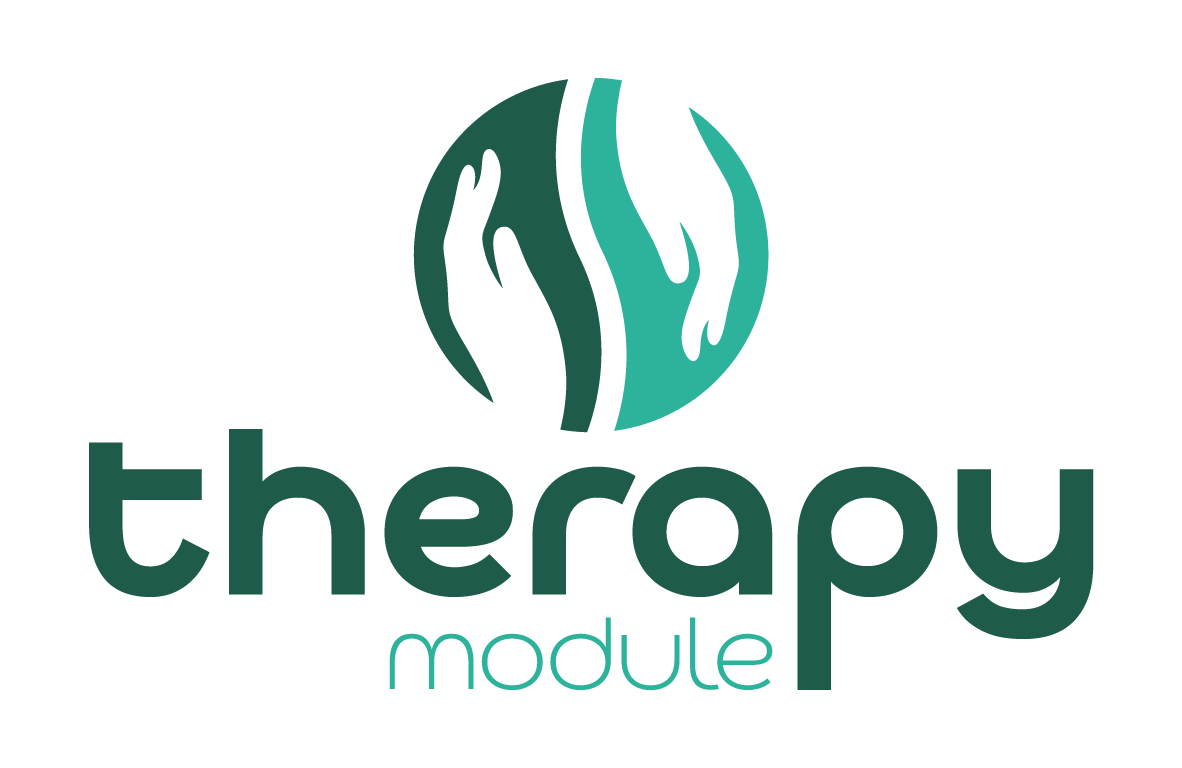EMDR is a therapy method in which traumatic experiences are processed using eye movements or other stimuli. Its goal is to achieve emotional healing and cognitive change.
EMDR is a therapy method discovered by Francine Shapiro in the 1980s and has proven effective for many people to treat post-traumatic stress disorder.
This therapy helps the person reprocess traumatic memories and reduce emotional burden through the use of mental visual and sensory stimulation.








